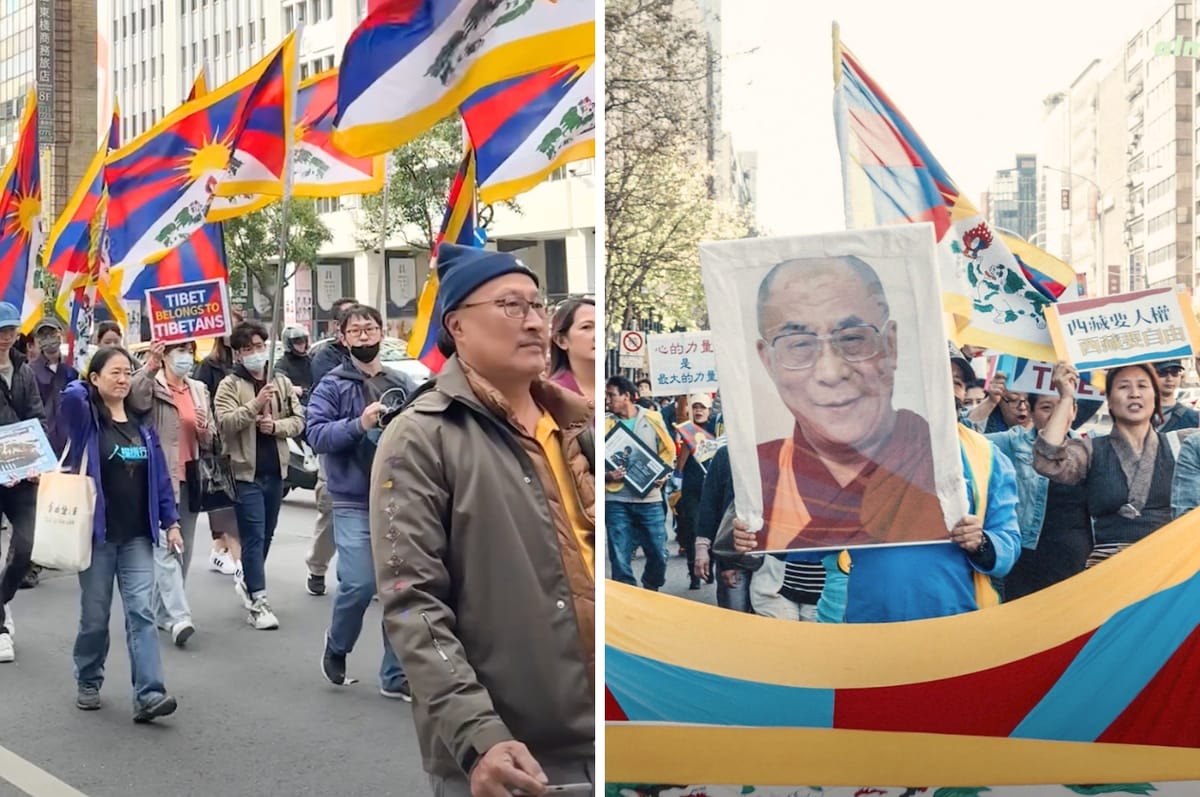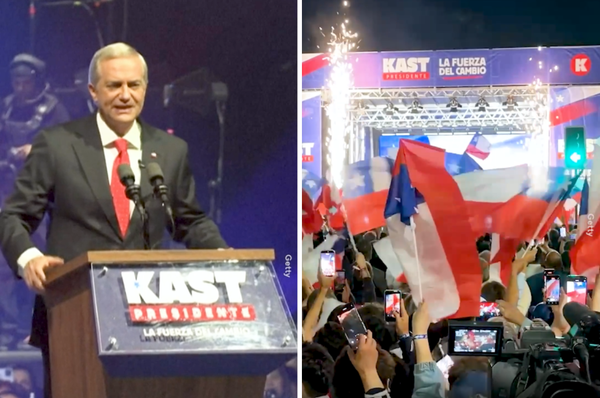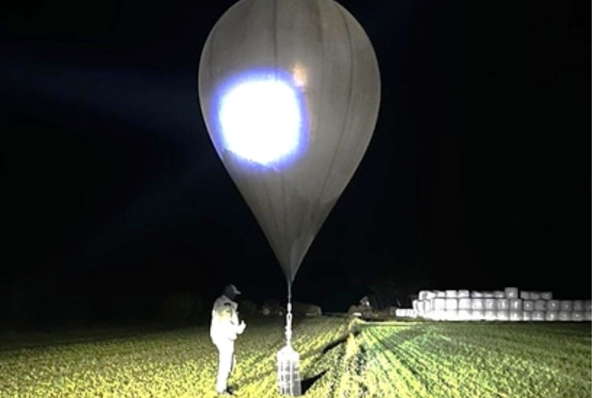The Dalai Lama Has Finally Announced He Will Have A Successor And China Will Have No Say In The Process
The Dalai Lama’s succession has been at the heart of the political fight between the Tibetan Buddhist community and the Chinese government.
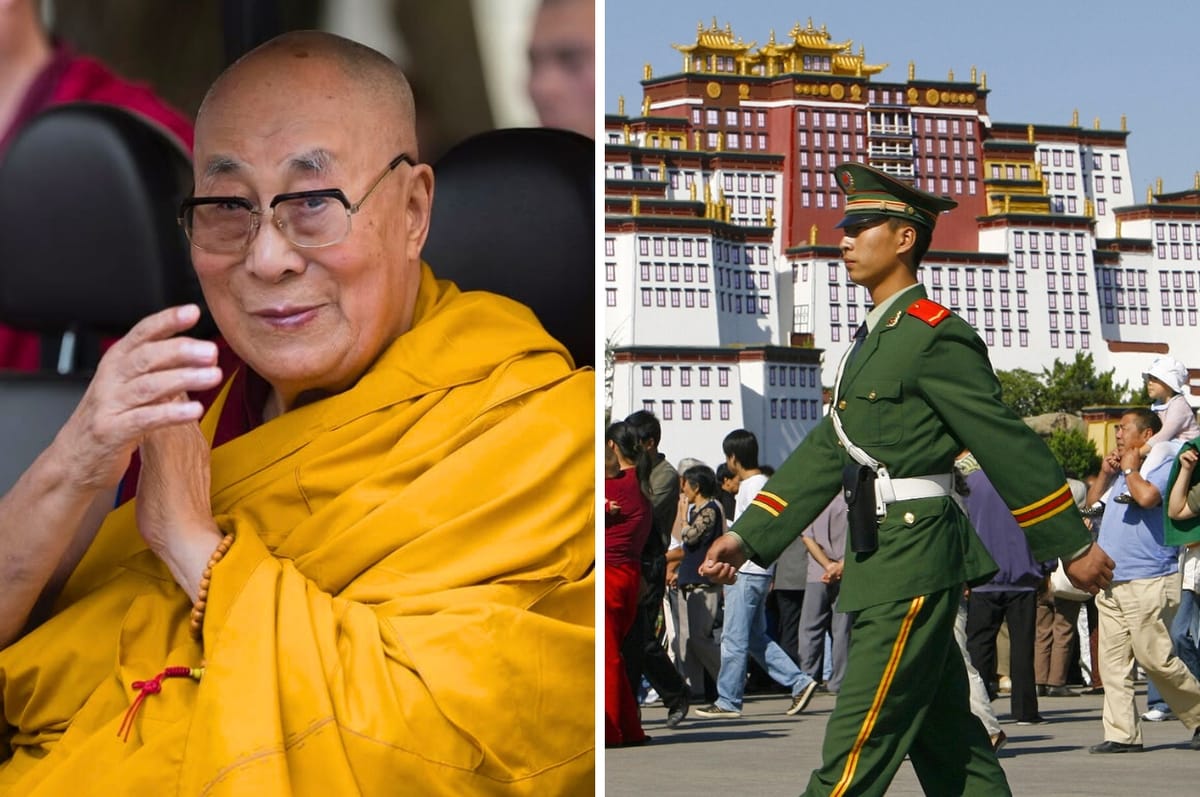
The Dalai Lama, the spiritual leader of Tibet, has said that his successor will be appointed exclusively by members of his office after his death, confirming that China will have no say in the process.
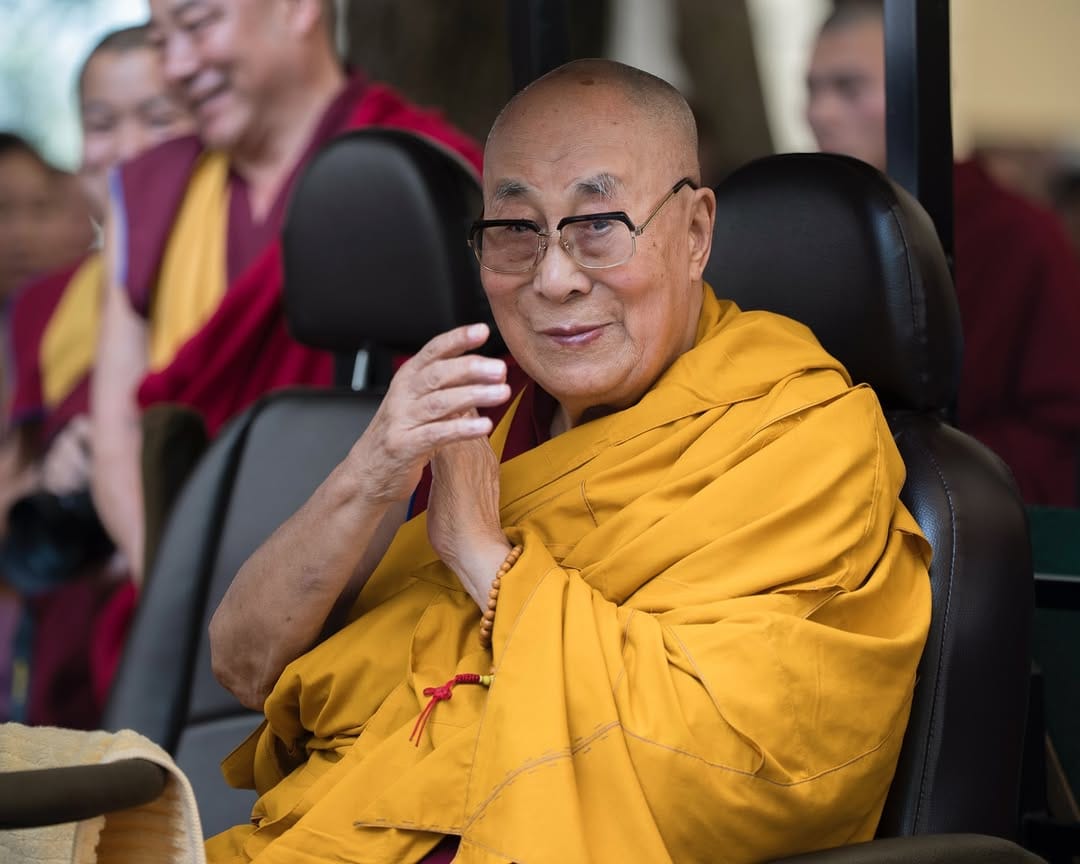
The Dalai Lama’s succession has been at the heart of the political fight between the Tibetan Buddhist community and the Chinese government.
The 14th Dalai Lama, Tenzin Gyatso, was enthroned in 1940 and became Tibet’s political leader in 1950 at the age of 15, after China invaded Tibet.
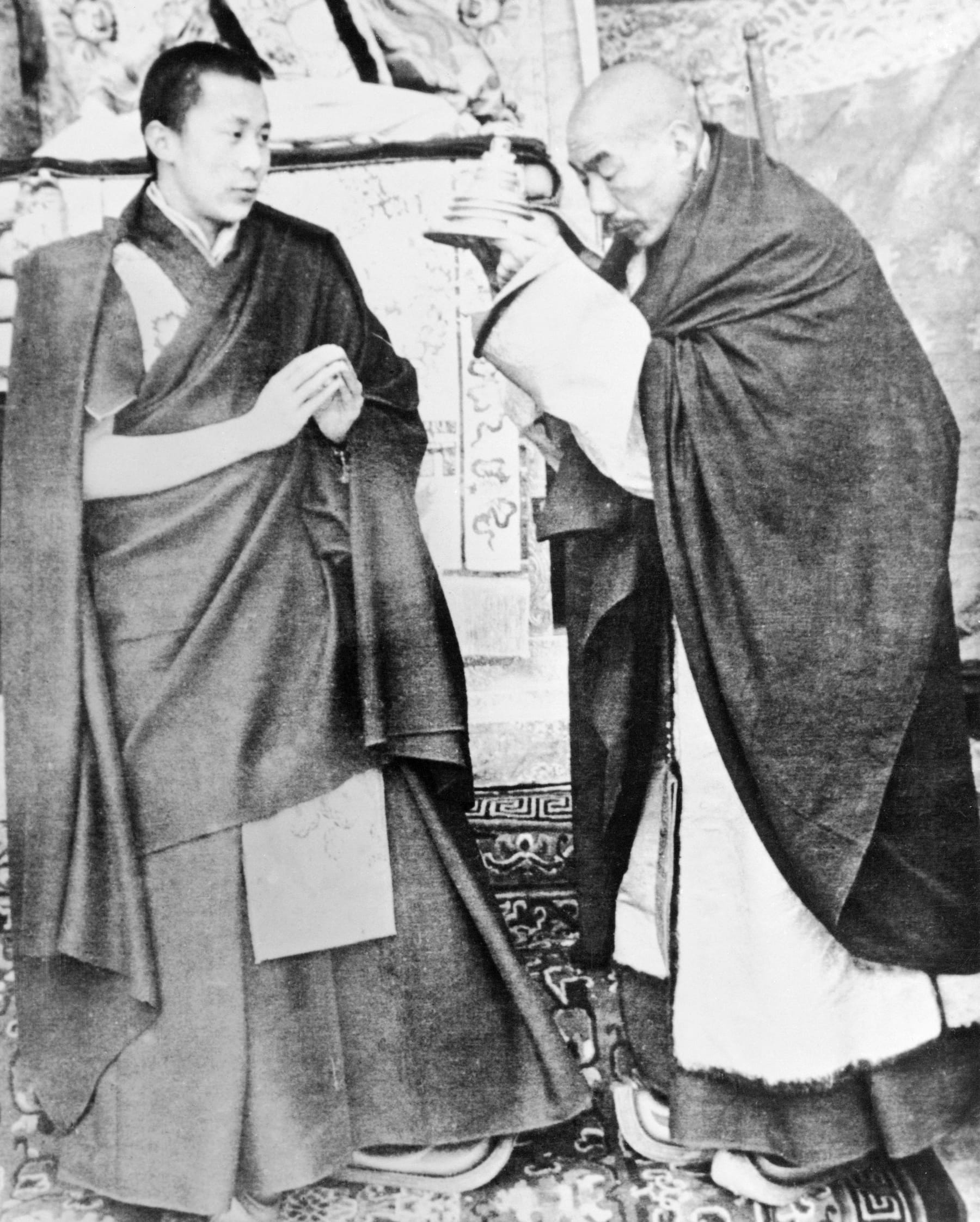
In 1951, the Tibetan and the Chinese government signed the “Seventeen-Point Agreement”.
The agreement made Tibet formally a part of China, but promised that Tibet would maintain its regional autonomy, political system, as well as respect the Dalai Lama’s status, and protect religious freedoms and Tibetan culture.
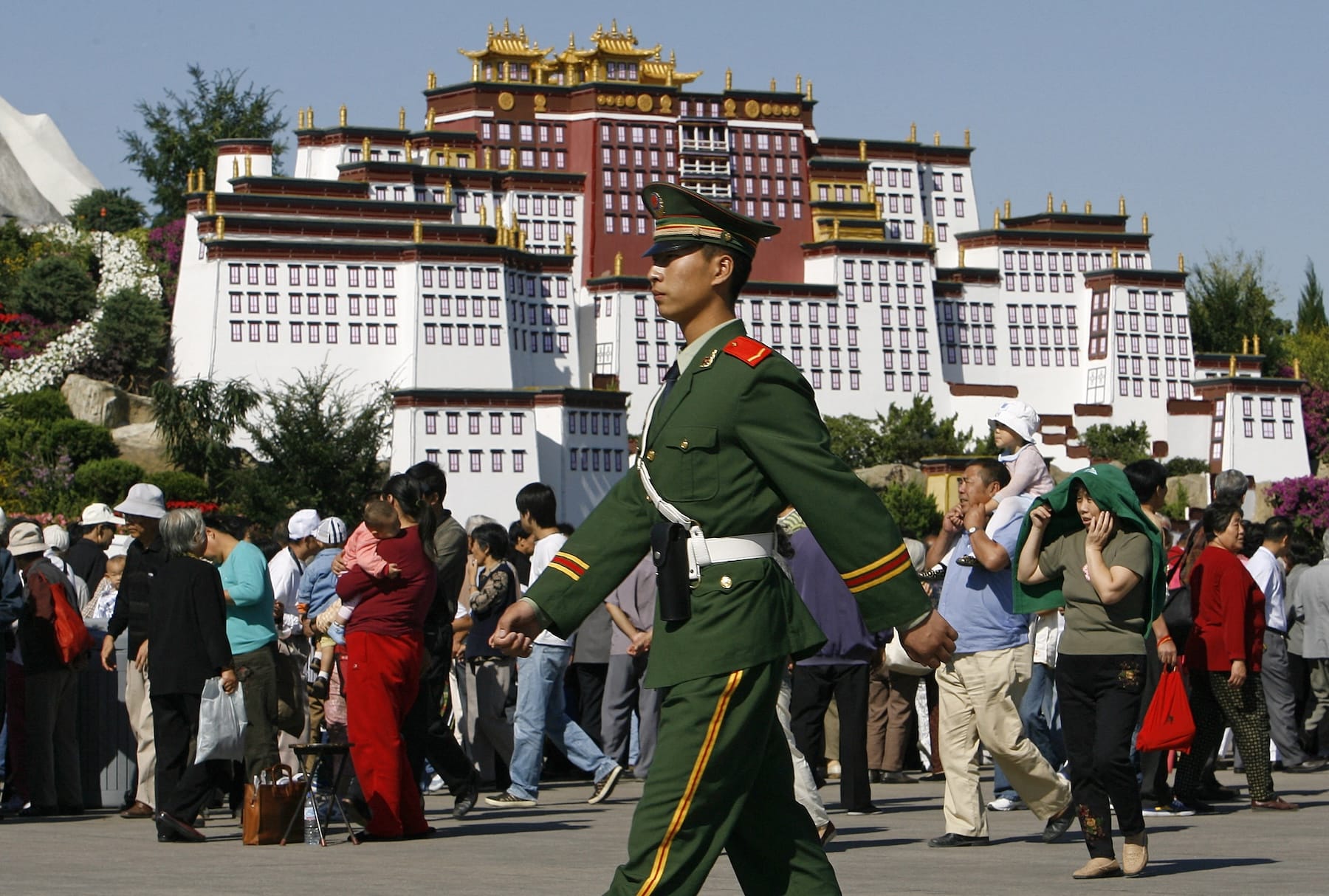
Tibetans in Lhasa then launched a large-scale protest against Chinese rule on March 10, 1959, which China brutally suppressed.
The Dalai Lama then fled to India in 1959 after the failed uprising against the Chinese government but has remained a strong political leader, demanding freedom for Tibet.
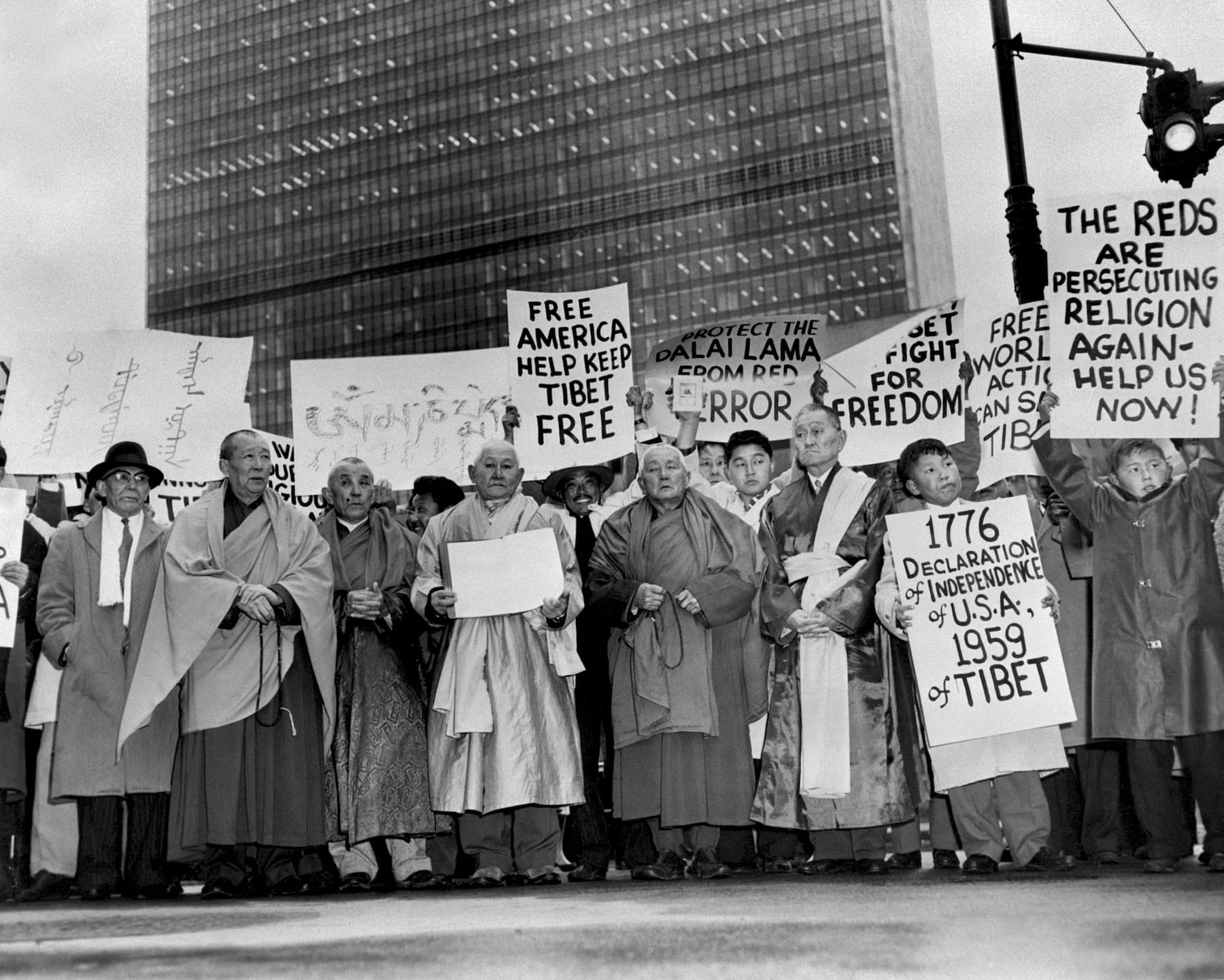
He eventually relinquished his political authority in 2011, ending the 368-year-old tradition of Dalai Lamas serving as both spiritual and temporal heads of Tibet.
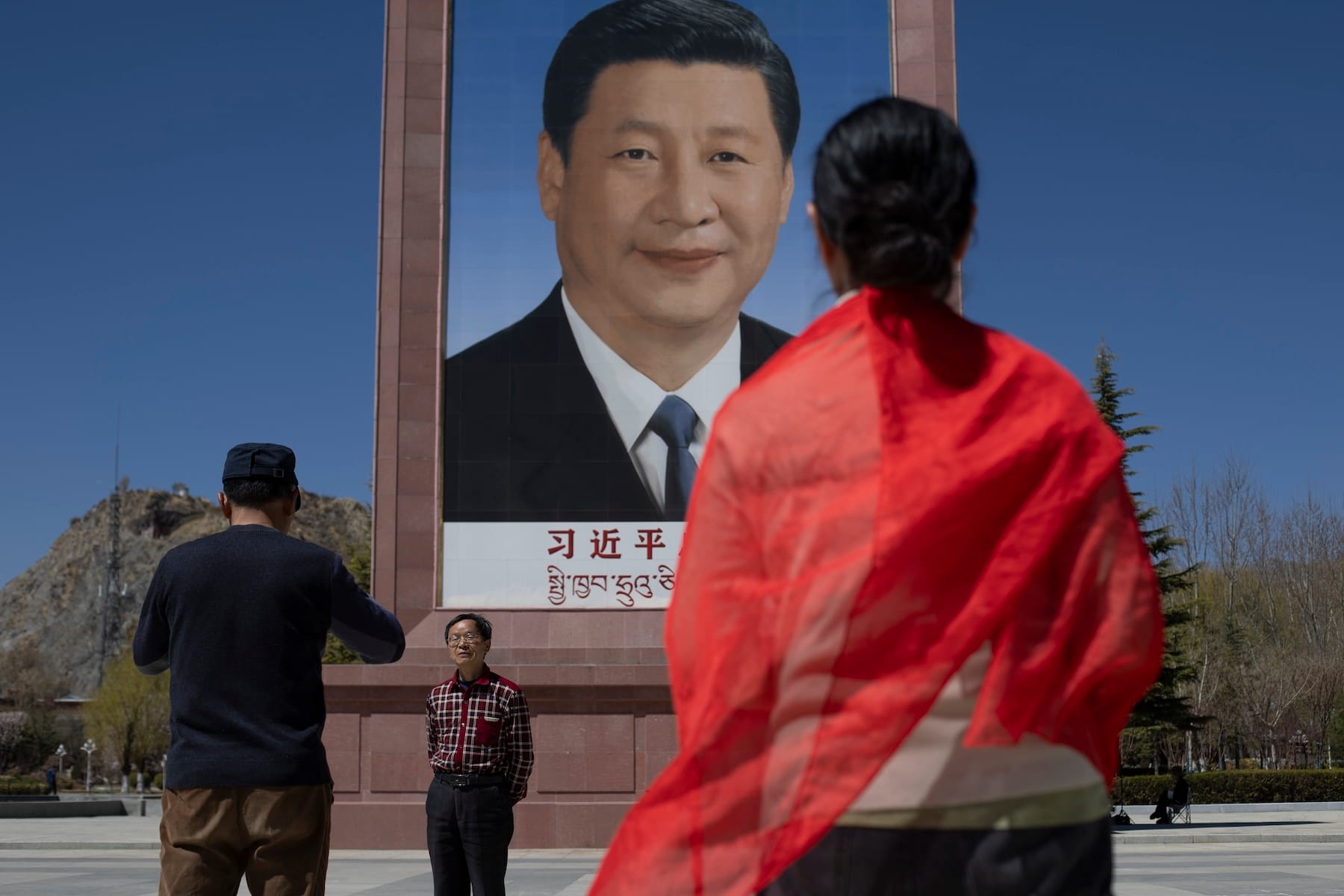
Since then, China has taken full control of Tibet and severely suppressed Tibetan culture and language under its assimilation policies.
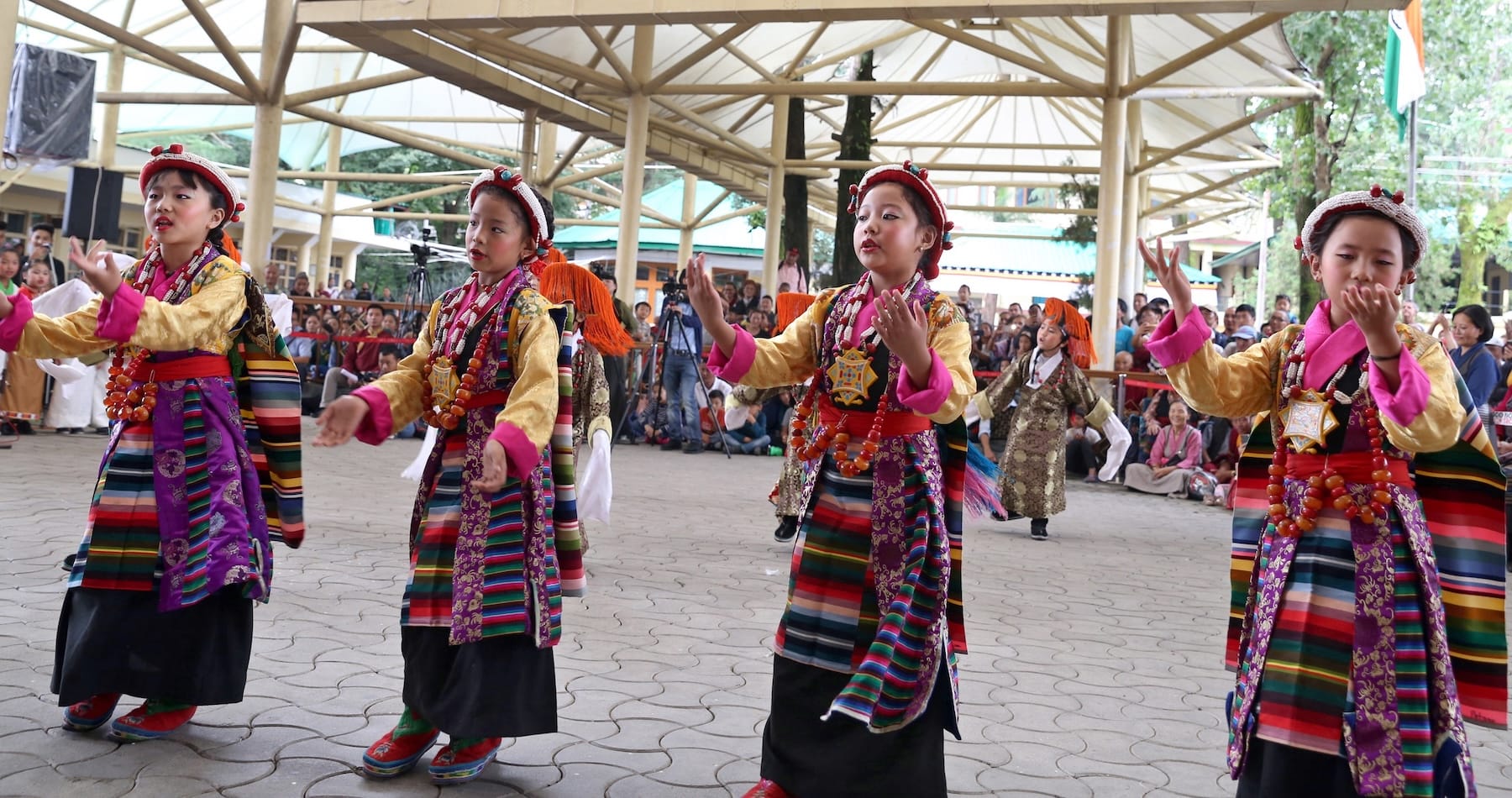
The Dalai Lama had promised for years that he would determine whether the institution of the Dalai Lama should continue when he turned 90.
On Wednesday, July 2, ahead of his 90th birthday on July 6, the Dalai Lama announced during a televised address that he would continue with his role until he died and that his reincarnation would follow tradition.
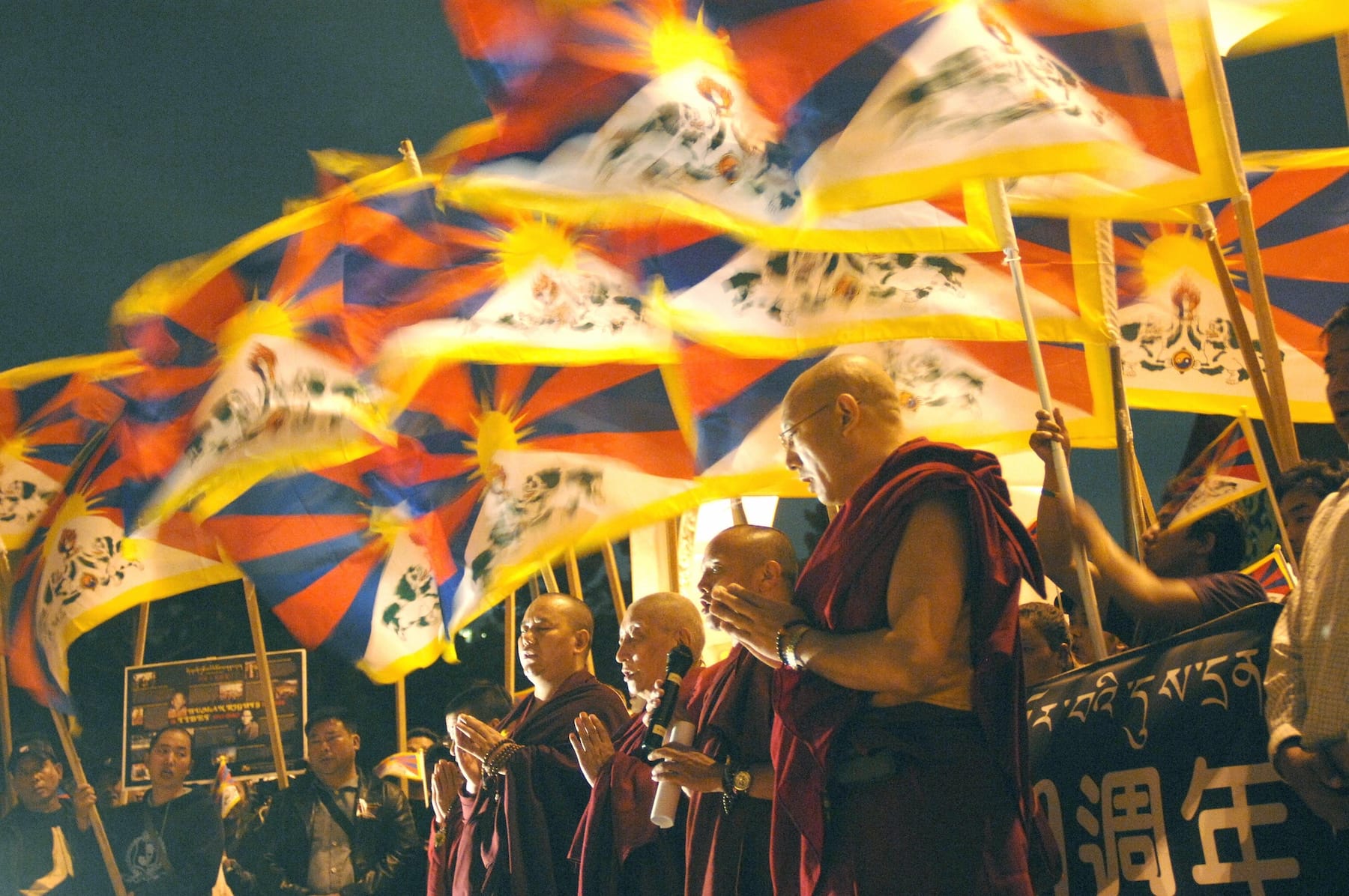
When the Dalai Lama dies, Tibetan Buddhists believe his spirit reincarnates, and the successor is typically identified through spiritual signs and tests administered to young children.
China has long pushed against this stance and repeated that the reincarnation of the Dalai Lama would be selected through drawing names from a golden urn, which dates back to the Qing Dynasty in China, and will require final approval from the Chinese government, according to Reuters.
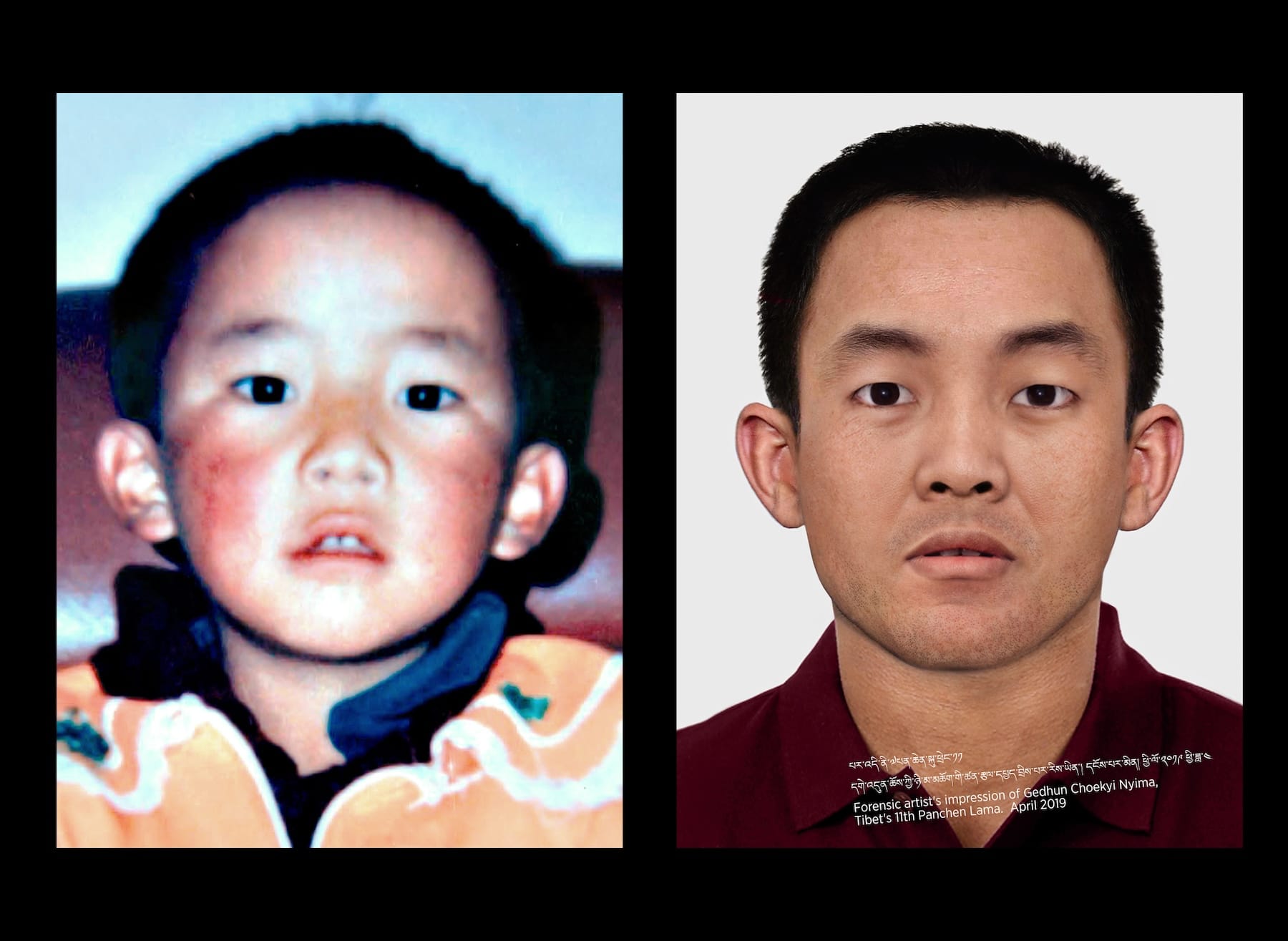
In 1995, Chinese authorities kidnapped and disappeared the 11th Panchem Lama, the second highest leader in Tibetan Buddhism after the Dalai Lama.
The Panchen Lama was 6 years old at the time and his family members were disappeared along with him.
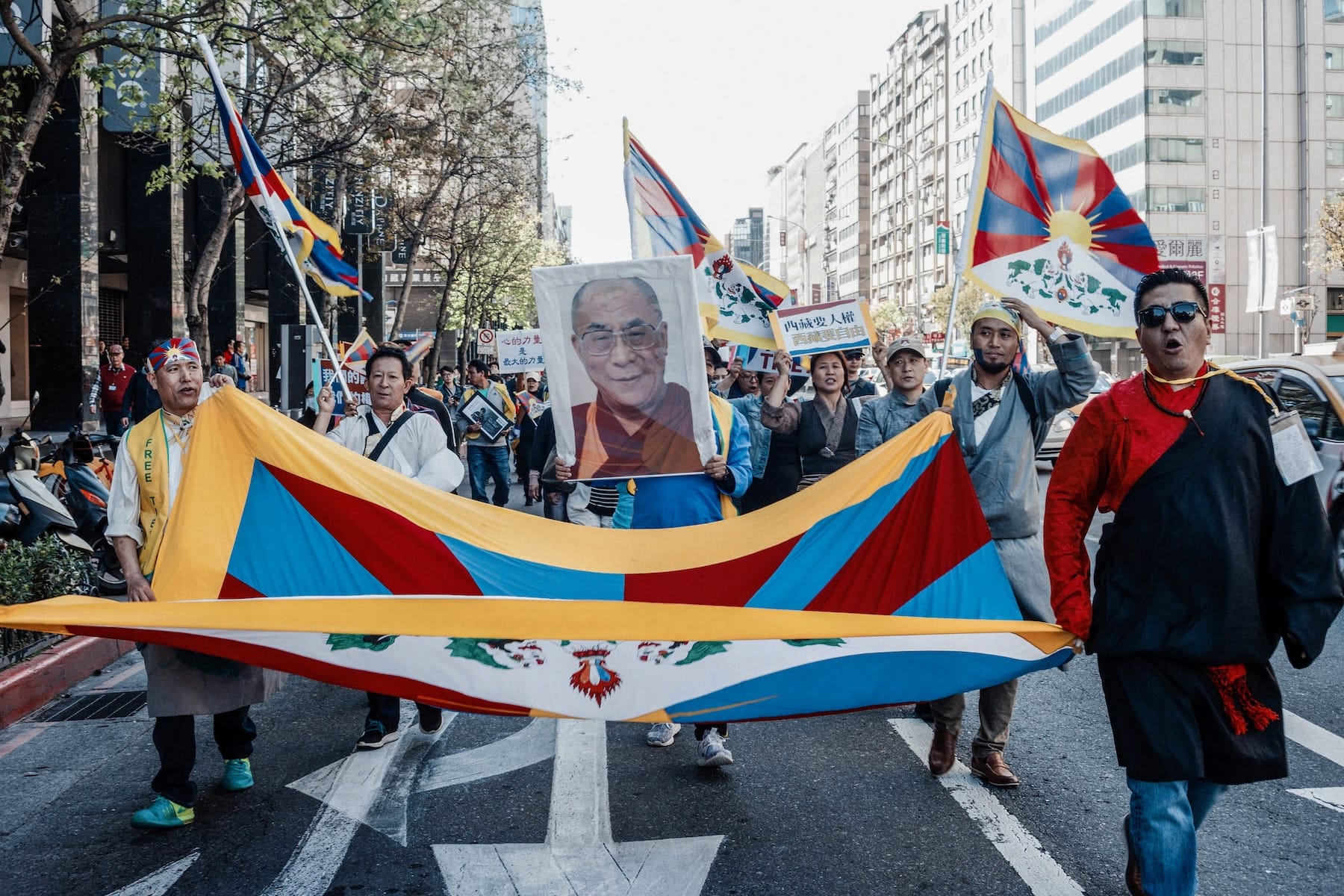
In 2007, China impose regulations for the selection of the Dalai Lama, stating that the next leader would be found within China’s borders and recognized by the Chinese central government.
However, the Dalai Lama said that the task to search for his successor will “rest exclusively” with members of the Gaden Phodrang Trust.
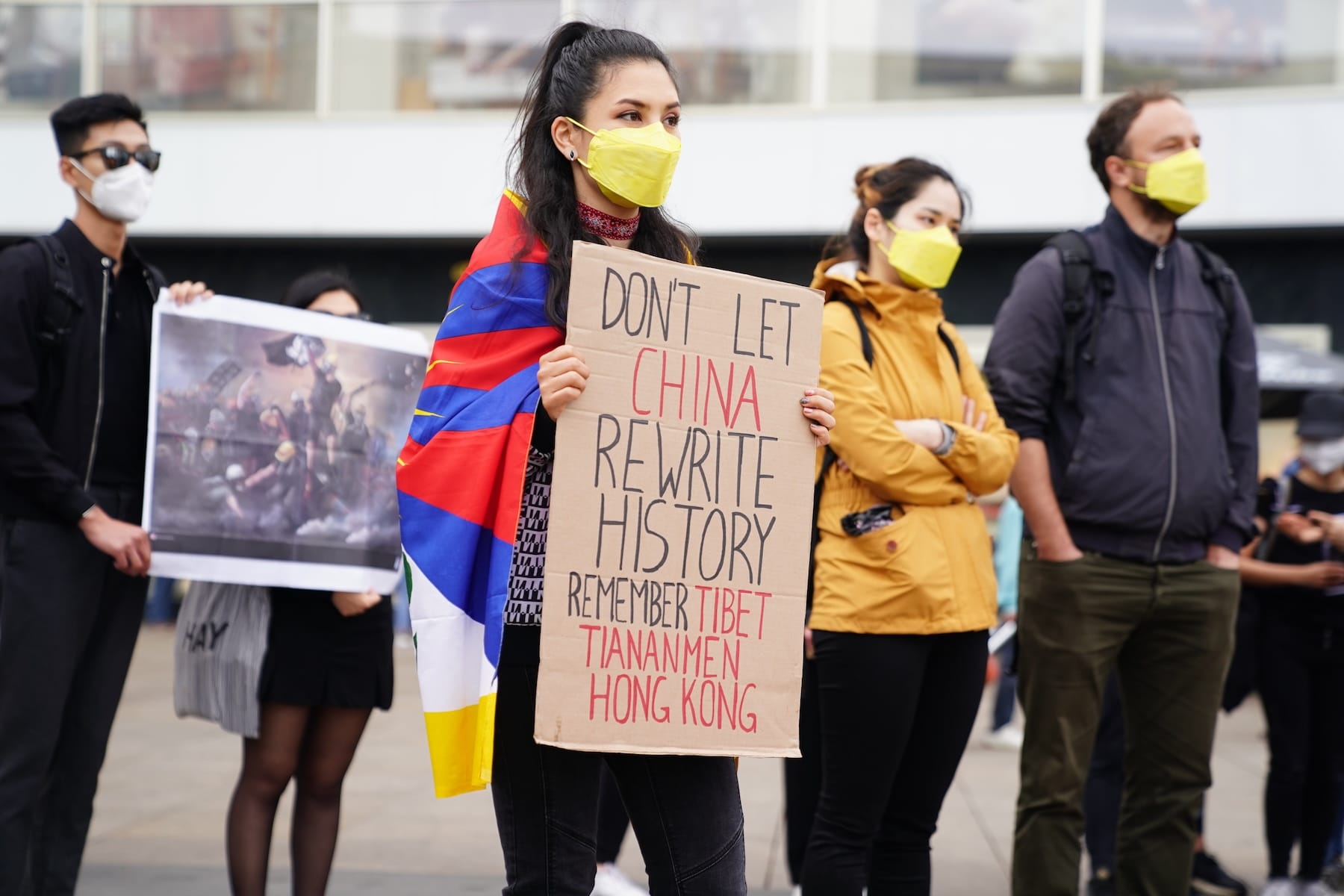
Previously, the Dalai Lama had suggested his successor could be a woman, and in March 2025, he even explicitly stated that his successor wouldn’t be found in China, but instead in a “free world”.
More On Tibet
